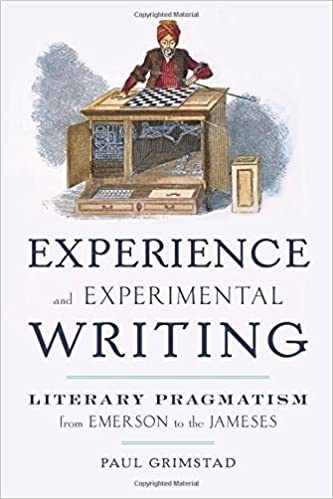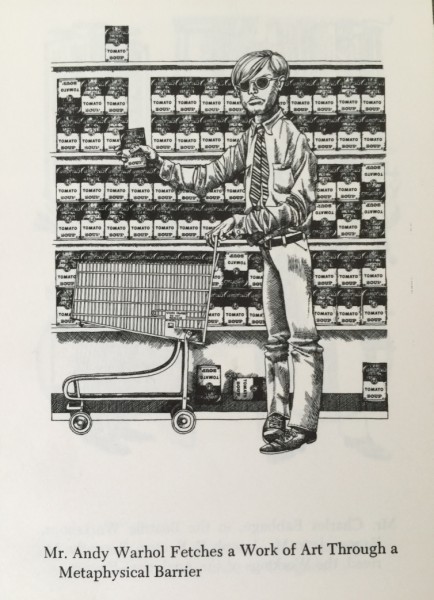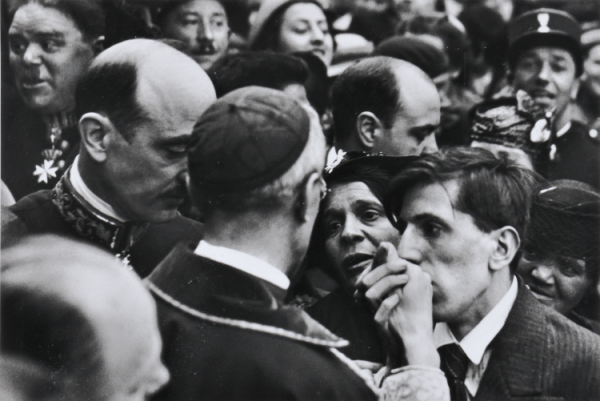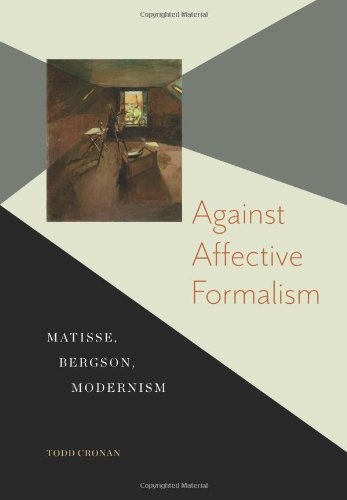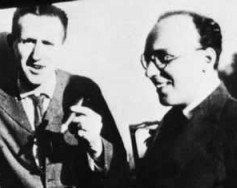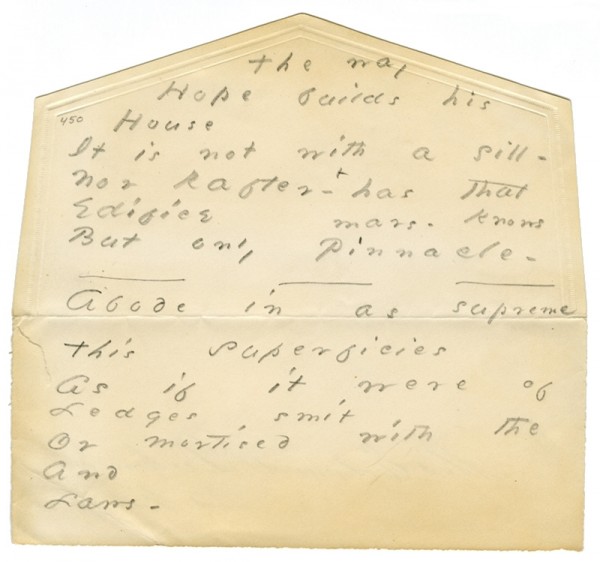
Grimstad on Experience, Flatley on Affect: A Response
Which suggests not only that it would be puzzling for a critical practice to declare itself against affect but that it’s equally puzzling to think of any critical practice as being for affect—to think, for example, of “reading for mood” as “a mode of reading.” There are no such things as modes of reading—there’s only trying to understand what a text is doing.

